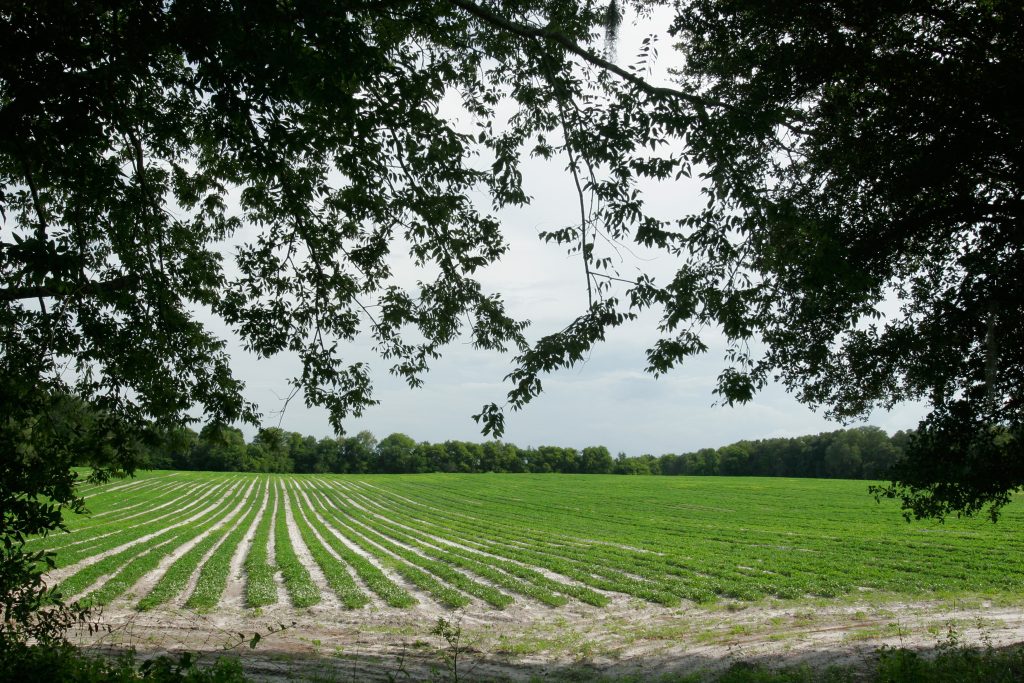
By Clint Thompson
A better understanding of copper applications could provide North Florida watermelon producers a safer management plan in producing their crop this season.
Mark Warren, University of Florida Institute of Food and Agricultural Sciences (UF/IFAS) Extension agent in Levy County, wants to better educate producers about the different forms of copper and its potential impact on watermelon plants.
“It works well on some of the diseases we have difficulty with, bacterias in general. An overuse of it definitely becomes a toxicity issue. There are different forms of copper available. I’ve got people telling me they use copper, but when you talk to them, they’re not real sure what formulation of it is that they’re using,” Warren said. “I’m just trying to educate them a little bit about the different formulations and the risk of phytotoxicity from some of those forms.”
Growers need to be certain about the type of copper that they are using.
“There’s copper sulfate and another product called basic copper sulfate. They’re completely different in how they act on the plant when it comes to injury,” he added.
Copper is a soluble metal that can be toxic to living organisms, including bacteria, fungi and watermelons.
Warren said the pH of the water used in mixing and delivery of the sprays will impact how soluble a copper product is. Certain products added in a tank mix may lower the pH and potentially increasing injury risk.
If the dissolved form of copper penetrates the leaf or other plant tissues, it may cause damage to the tissue. No form of copper should ever be mixed with foliar nutrients or penetrants such as crop oils. Growers should follow label directions for crops, rates and tank mix compatibilities.
There is also a risk of overuse, especially following the recent sub-freezing temperatures that impacted North Florida’s crop.
“It definitely is a protectant and not a curative treatment. Its effective against bacteria and works against some fungi, too. Bacteria was our big concern after this cold weather and the amount of damage we had on these plants,” Warren said. “A lot of the (plant) defenses were impaired at that point. Bacteria prefer a cool, wet environment. We were in a cool, wet cycle.”
For more information on copper fungicides and avoiding toxicity see the following article or contact your UF IFAS County Extension Agent.










